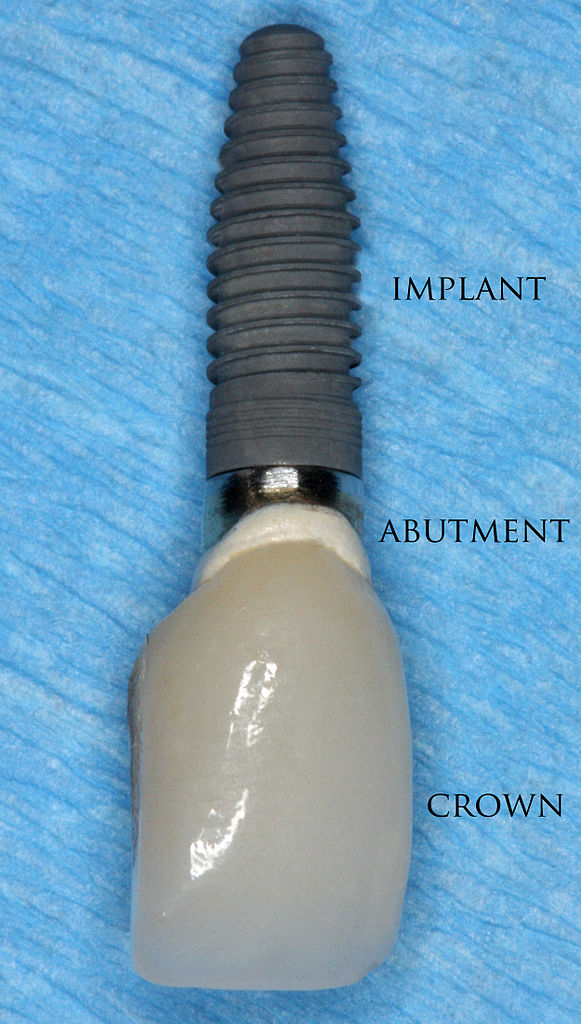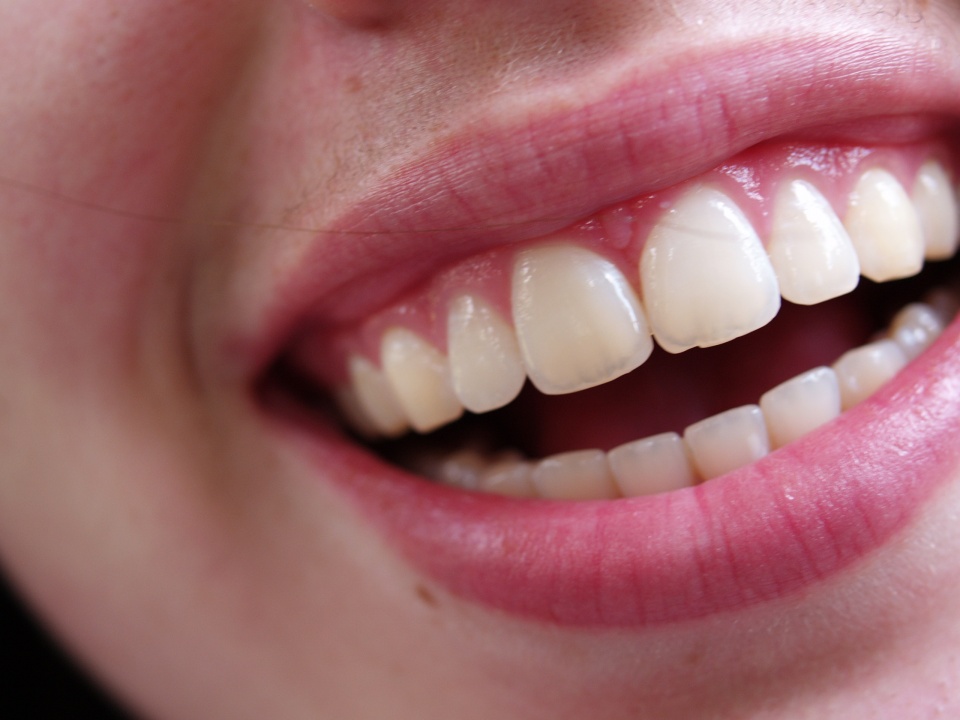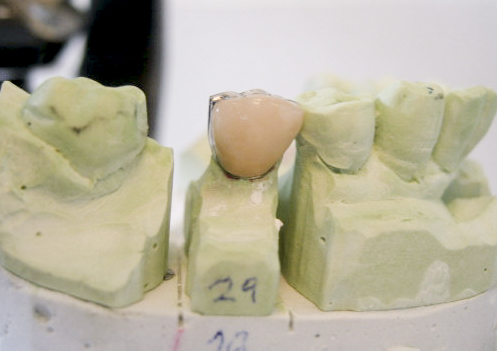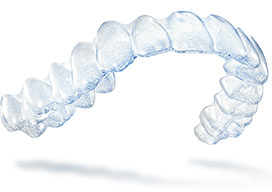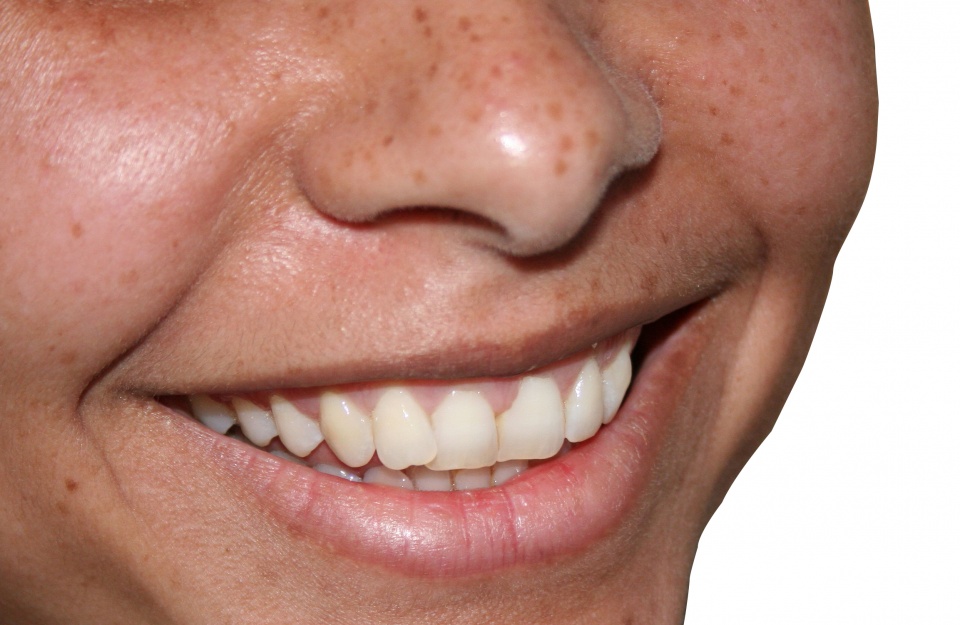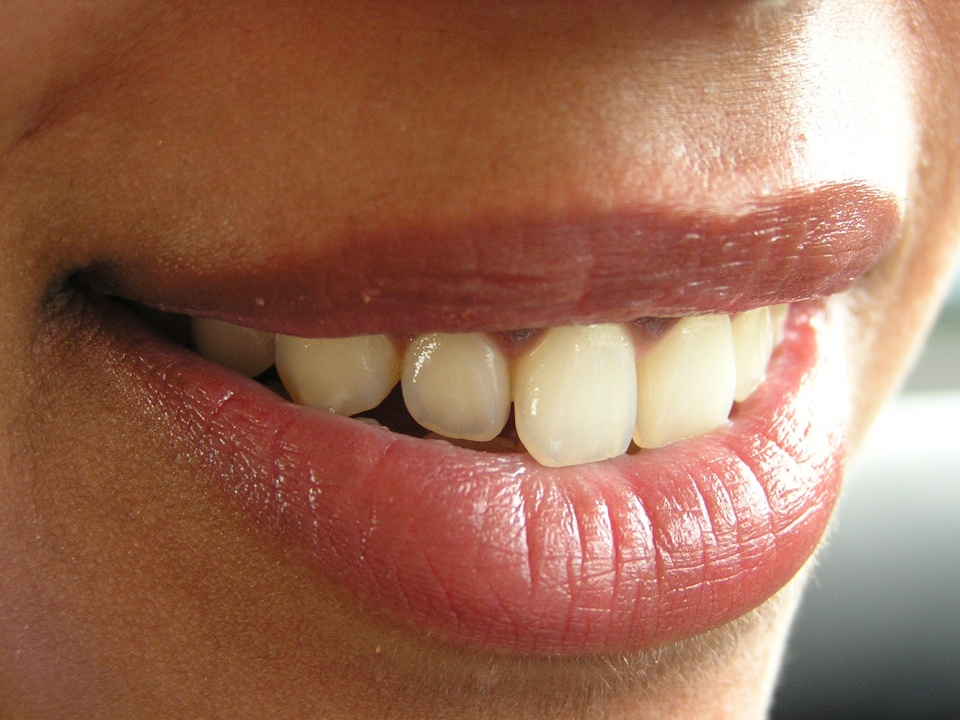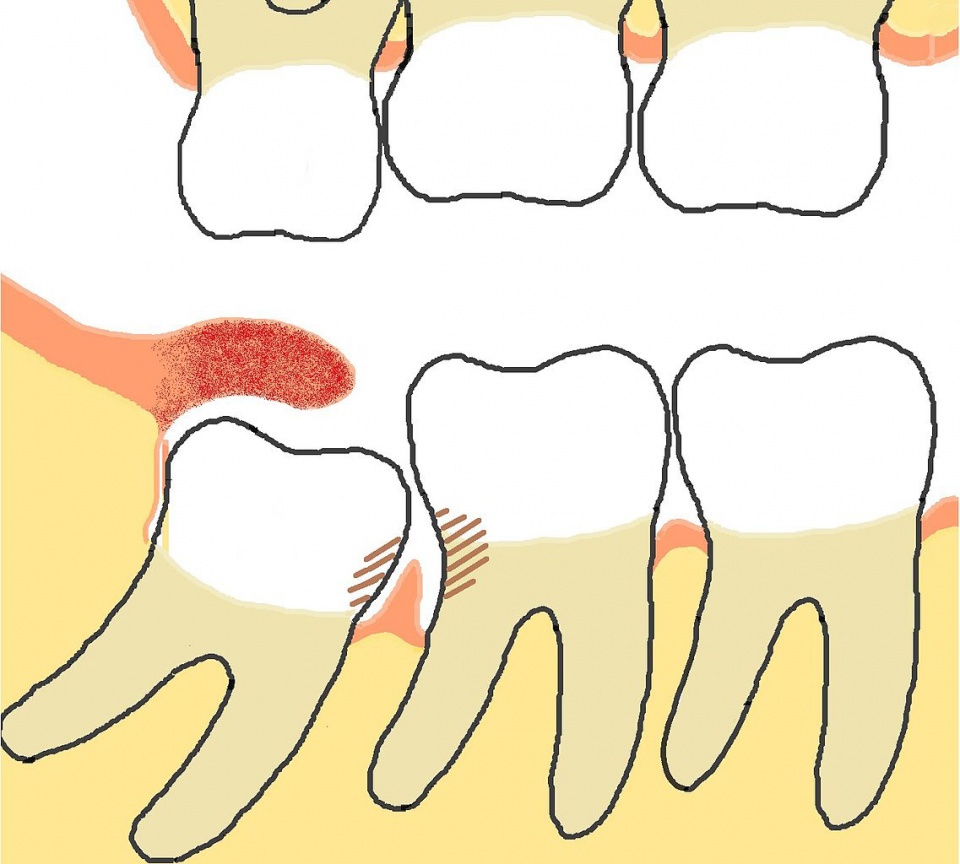A dental implant is a surgical device, used to replace one or more missing teeth by fusing to bone and supporting a crown, bridge of teeth, denture, facial prosthetic or to act as an orthodontic anchor. The term “dental implant” refers to that portion of the structure in the bone. Other functional components may be attached to make the device functional including an abutment, to pass through the gums, an abutment screw to secure the abutment to the implant and prosthetic teeth which attach to the abutment. Collectively, the fixture and components create the dental prosthetic.
The modern dental implant leverages the biologic process of osseointegration where a material (commercially pure titanium, titanium alloy and some ceramics) forms a structural and functional connection between living bone and the surface of a load-bearing artificial implant without causing the body to recognize it as a foreign material. Implantable fixtures to retain teeth are not a new concept. Prior to the discovery of osseointegration, various non-titanium implants were placed in the jawbones (or the periosteum surrounding them) but had high complication rates due to foreign body reactions and amplification of the foreign body response from movement when chewing.
The prerequisites to long term success of dental implants, are healthy bone and gingiva. When a tooth is lost the tissues of the mouth remodel and atrophy preventing the placement of dental implants or lowering long term survival. A group of operations, referred to as pre-prosthetic procedures, have been developed to rebuild the bone height, width, gingiva and connective tissue. In the presence of healthy tissues, a well integrated implant with appropriate biomechanical loads can have long term success rates of 92-96% for the fixture and 10-15 year lifespans for the prosthetic teeth.
